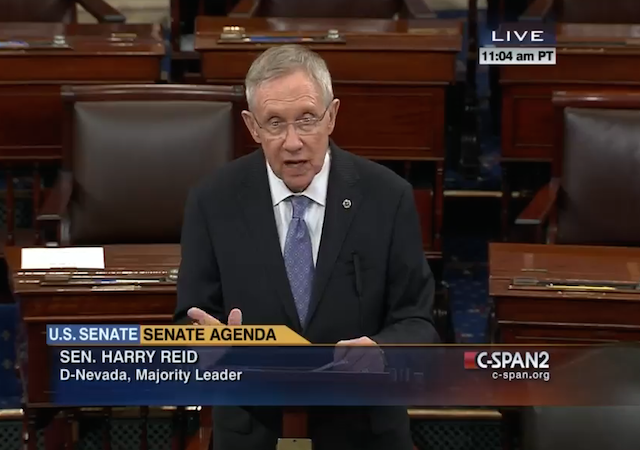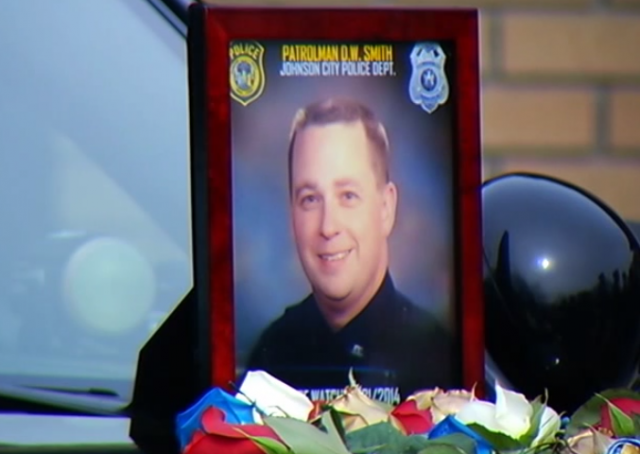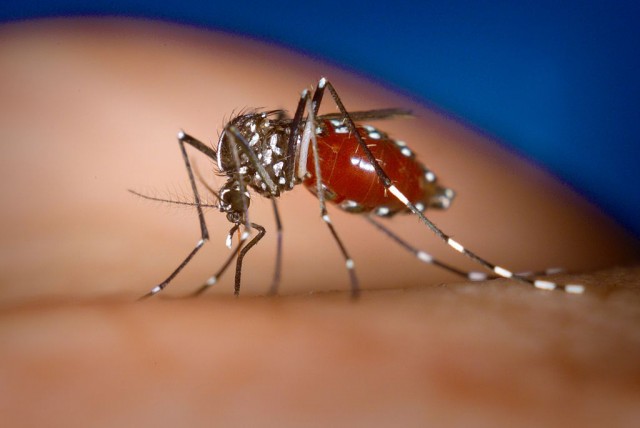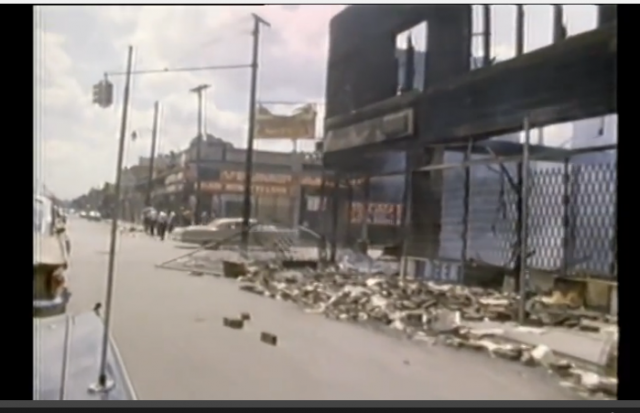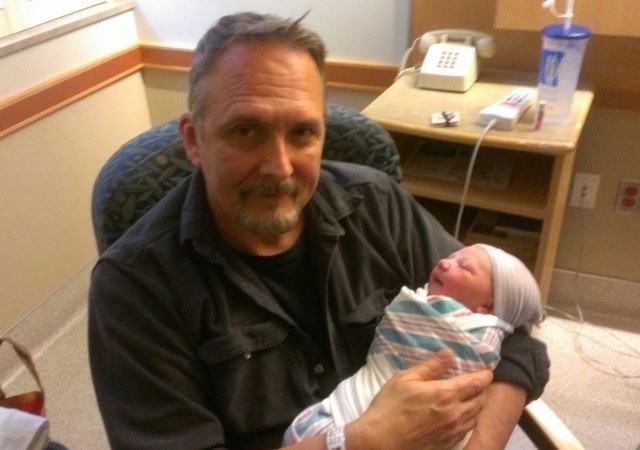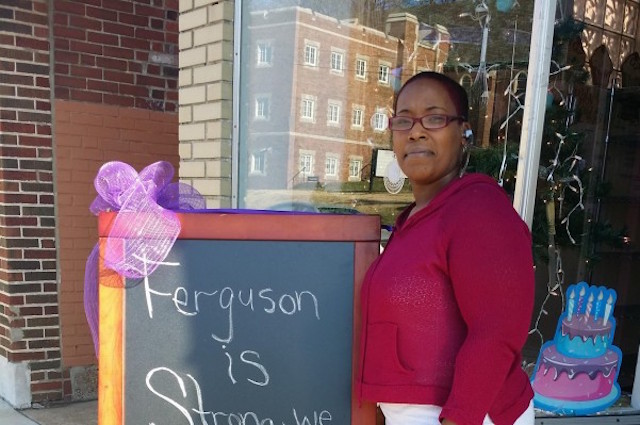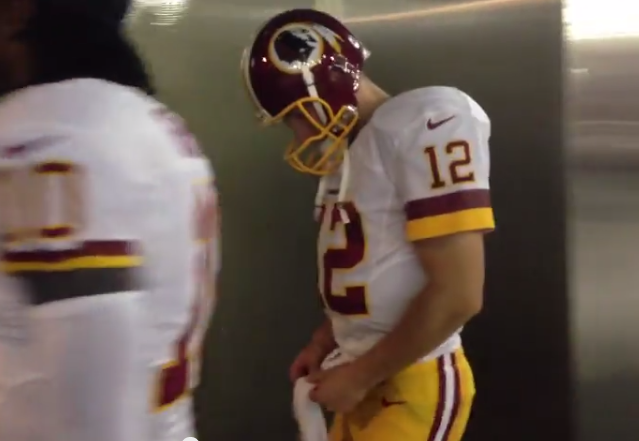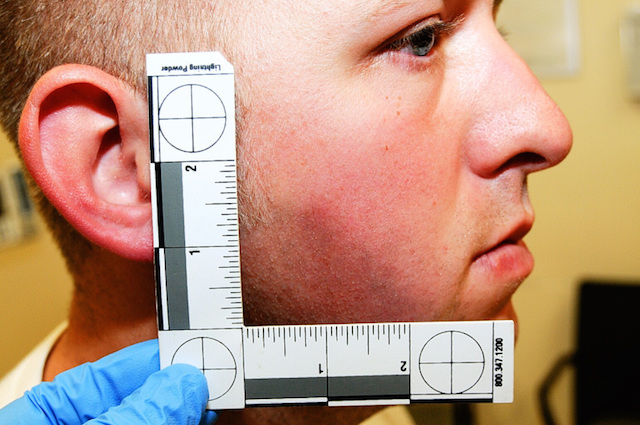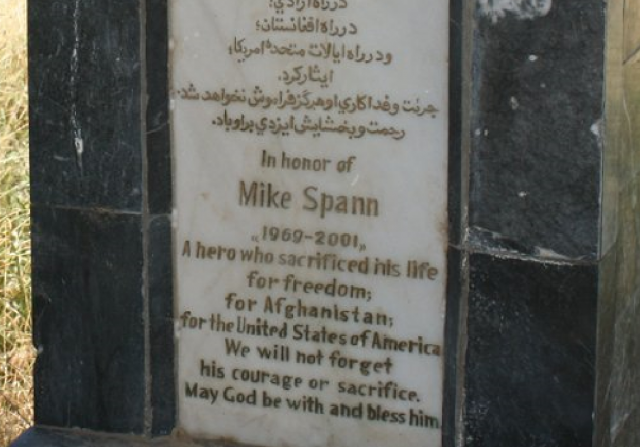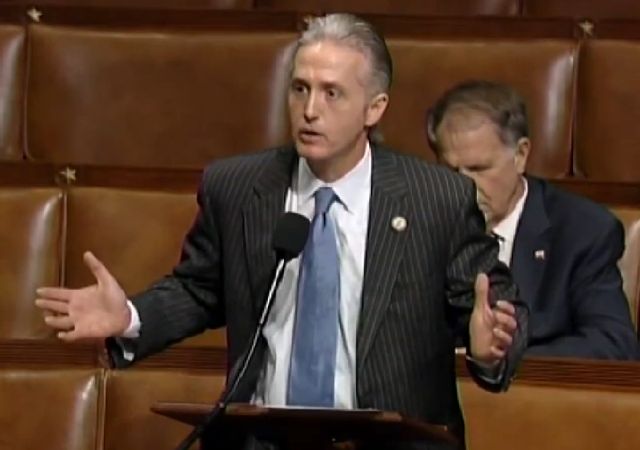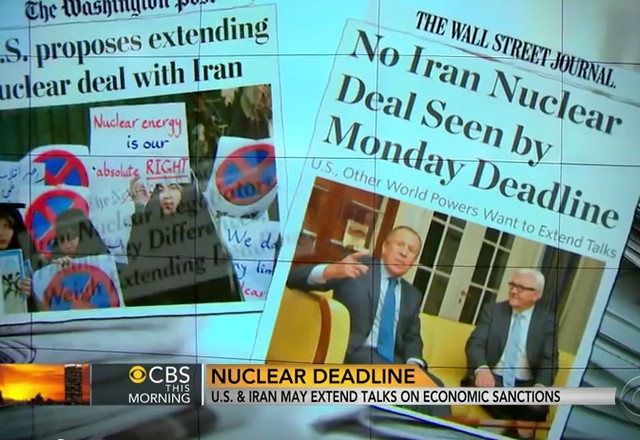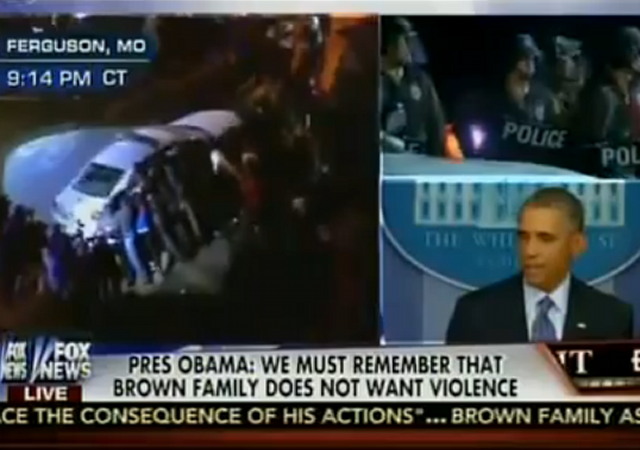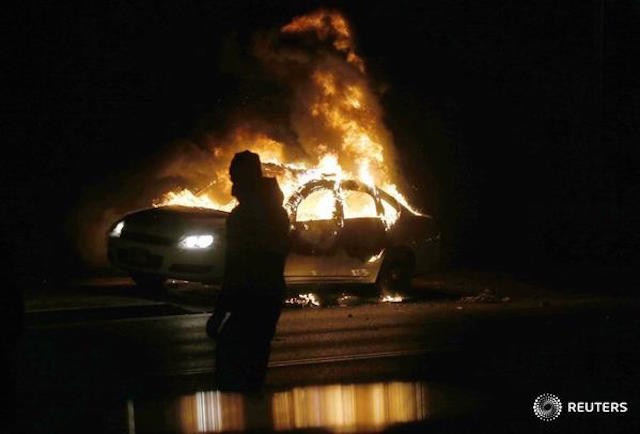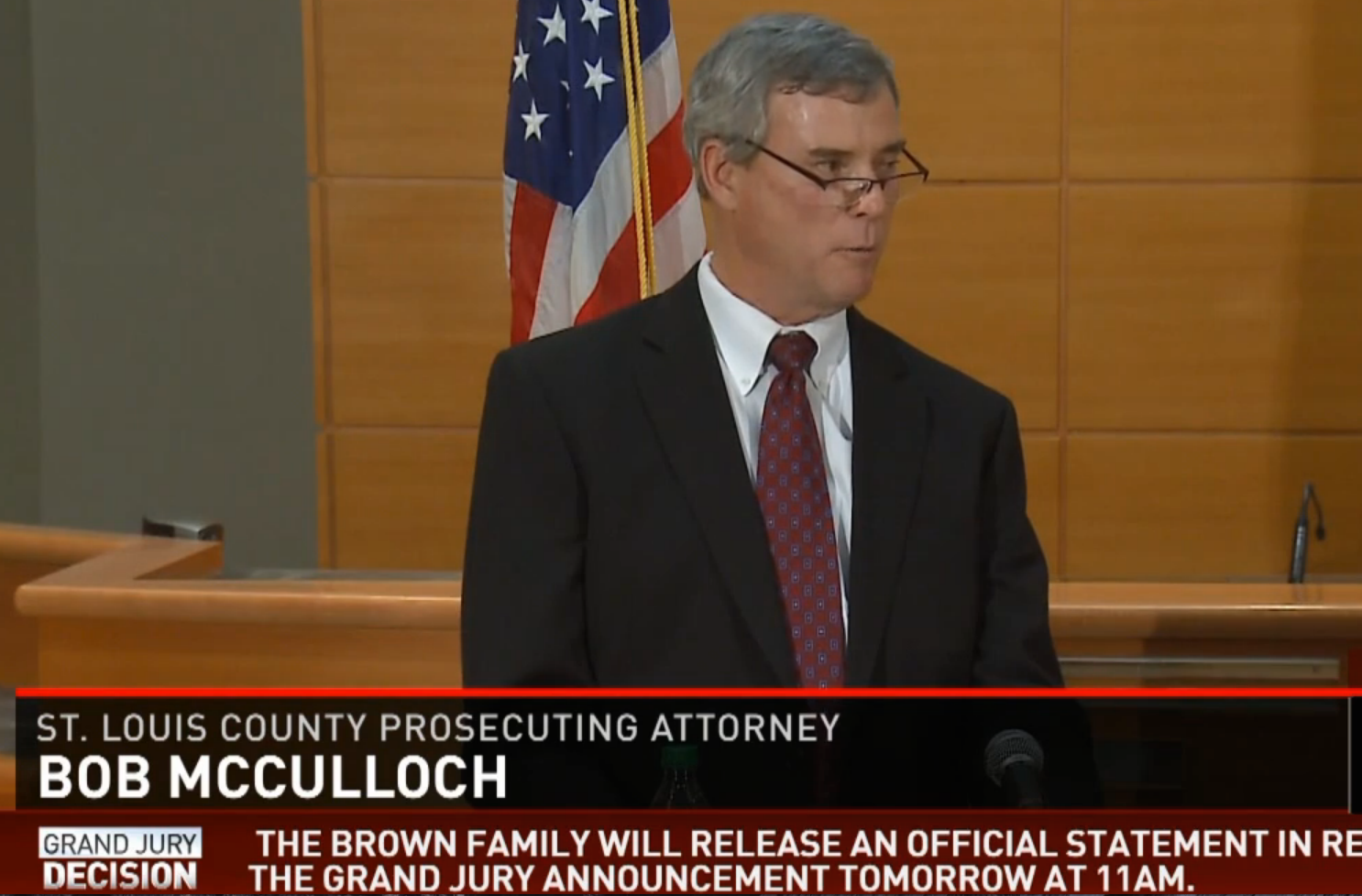Senate Dems form circular firing squad over Obamacare, tax reform
on November 26, 2014
9 Comments
Chuck Schumer (D-NY) might just be the worst Democratic Policy and Communications Center head of all time.
Or, the best, depending on how invested you are to Congressional Dems' current messaging strategy.
Yesterday, Schumer stood up at the National Press Club and unequivocally threw President Obama and his coalition under the bus for pressing forward with health care reform at the expense of more "middle class"-oriented programs.
Fusion has his remarks:
The “mandate” voters had provided Democrats with their 2008 victories, Schumer said, was put on the wrong problem. “After passing the stimulus, Democrats should have continued to propose middle class-oriented programs and built on the partial success of the stimulus, but unfortunately Democrats blew the opportunity the American people gave them. We took their mandate and put all of our focus on the wrong problem – health care reform,” Schumer said. “The plight of uninsured Americans and the hardships caused by unfair insurance company practices certainly needed to be addressed,” he added. “But it wasn’t the change we were hired to make. Americans were crying out for an end to the recession, for better wages and more jobs — not for changes in their health care.”Sure, Schumer was one of Obamacare's biggest cheerleaders, but that was then and this is now, people!

